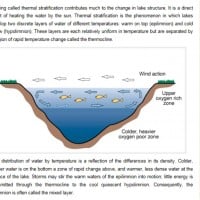Anybody have any suggestions as for as how to locate the thermocline on a particular body of water? Particularly through the ice… And…right now? And particularly a lake like harriet or Calhoun with very deep water, defined, consistent weed lines, and almost a bowl shape? I googled thermocline stuff and couldn’t find much useful info for my specific need. Is there any formula including variables like depth, acreage, region, temp, etc. that one could use to calculate the thermocline’s location? Thanks a bunch.
Jake
Inactive
Mendota Heights, MN
Posts: 660
January 10, 2015 at 4:29 pm
#1495298
